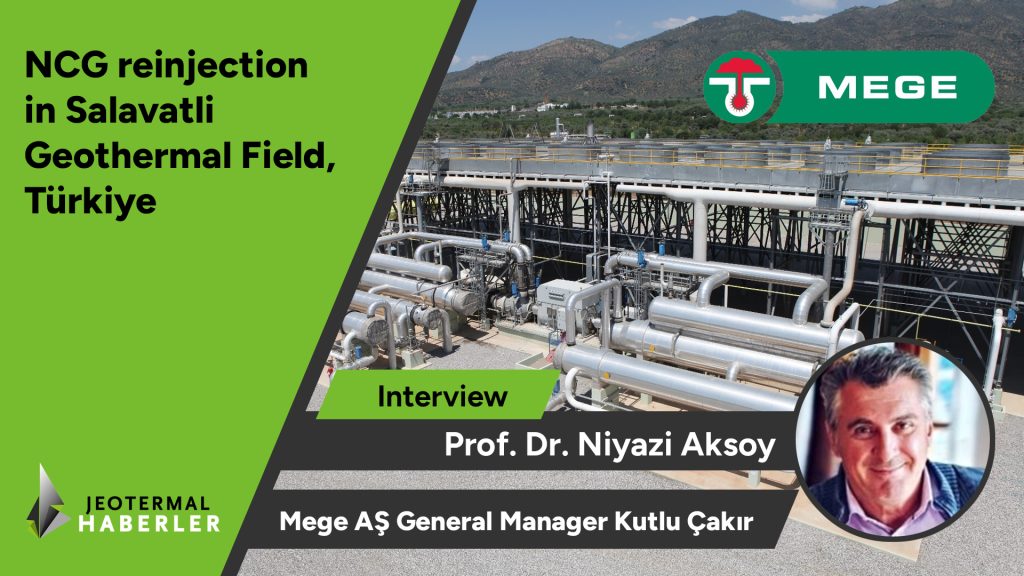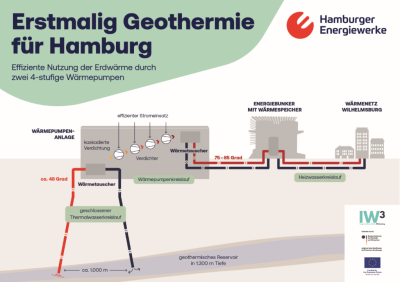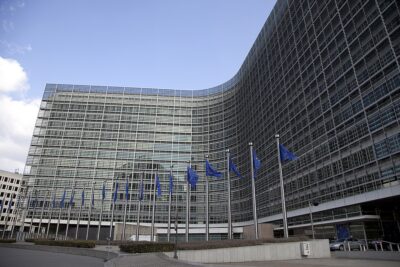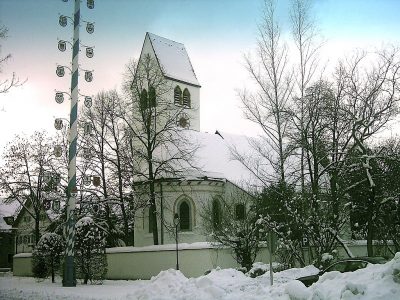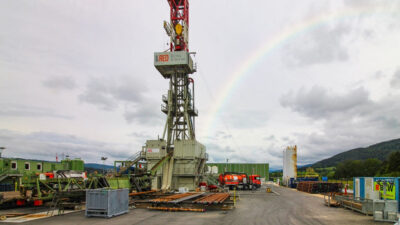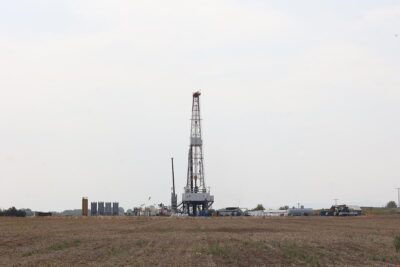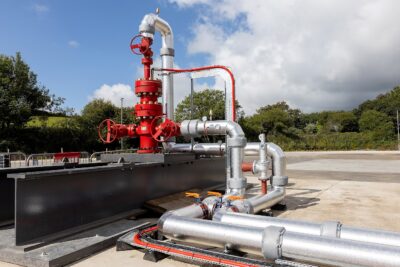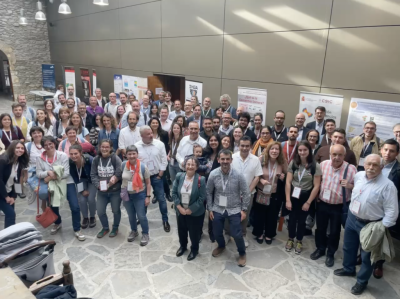Interview – NCG reinjection in Salavatli Geothermal Field, Türkiye
In this interview, Prof. Dr. Niyazi Aksoy and Dr. Kutlu Çakir discuss NCG reinjection in geothermal power plants in Türkiye and future plans for the technology.
Environmentally friendly and sustainable practices in geothermal energy are becoming increasingly important. In this context, our Turkish platform JeotermalHaberler conducted an interview with Prof. Dr. Niyazi Aksoy from NTU Geothermal Consulting about the current status, field applications, and the future of non-condensable gas (NCG) re-injection efforts in Türkiye.
Can you provide information on the current status of geothermal NCG re-injection efforts in Türkiye?
In recent years, geothermal NCG re-injection efforts in Türkiye have gained significant momentum. Particularly in geothermal fields where power plants are prevalent, such as in Aydin and Denizli, numerous projects are being conducted focusing on the re-injection of harmful gases like CO2 and H2S. These efforts aim to reduce the environmental impact of geothermal power plants and increase public acceptance. Leading companies are developing solutions tailored to the field’s production conditions, ensuring the re-injection of NCG into reservoirs and optimizing this process.
NCG mainly consists of greenhouse gases such as CO2, H2S, and hydrocarbons, which are released into the atmosphere during production. Emissions from geothermal power plants may pose a risk of facing carbon taxes in the future. In recent years, numerous proposals and studies have been conducted on re-injecting NCG into geothermal reservoirs.
How did you initiate your studies on NCG re-injection, and what are the most significant findings you have obtained?
Our studies on re-injecting NCG into geothermal reservoirs began with a TUBITAK research project we launched in 2013. Through this study, we discovered that CO2 and H2S dissolve very easily in water. The solubility of gases in water increases as the temperature decreases. Thus, more NCG can dissolve in re-injected water at lower temperatures. Another factor affecting solubility is pressure. In short, as pressure increases and temperature decreases, more NCG can dissolve in water. Mege A? supported our research project, and the data from the Dora-II geothermal power plant were used in this project.

If the NCG pressure under operating conditions is below the re-injection pressure, it can be increased using a compressor to reach the required solubility pressure. In some cases, the NCG pressure may naturally be higher than the re-injection pressure, making it possible to inject NCG without needing a compressor.
In conclusion, it is possible to re-inject all NCG back into the reservoir. However, using compressors can significantly increase internal energy consumption. Therefore, the incentive mechanisms in geothermal energy should be revised, and zero-emission geothermal power plants should be rewarded.
We also spoke with Kutlu Cakir, General Manager of Mege Geothermal A.S., about the NCG re-injection processes’ field applications and outcomes.
Mr. Kutlu, could you tell us about your field applications and the results of the NCG re-injection processes at Mege Geothermal AS?
Mege Geothermal AS is a subsidiary of MB Holding A?. Our company is pioneering in geothermal energy both in Türkiye and globally. Dora-I is Türkiye’s first private-sector geothermal power plant. Our facility in Croatia, Velika GPP, is the world’s first geothermal power plant to generate electricity by converting old oil wells into production wells.
Mege AS was the first in Türkiye to start NCG re-injection without compressors. We are pleased that this practice has recently become widespread in other fields. Mege A? has an installed capacity of 80 MW with five Binary geothermal power plants in the Aydin Salavatli geothermal field.
The first geothermal power plant on the site, Dora-I, was commissioned in 2006 with a capacity of 7.95 MW. Although the highest temperature in the field is 213°C, the production wells of the power plants have an average production temperature of 160-180°C. Initially, the NCG content of the produced fluid was 1.5% by mass, but it has gradually decreased to an average of 0.5%. The reduced amount of NCG has made re-injection easier.
What are your future goals?
The NCG re-injection efforts at Mege Geothermal AS have yielded positive results. All NCG is re-injected into the reservoir at Dora-I, Dora-II, and Dora-IIIA units. The NCG collected from emission points at 7-8 bar pressure is connected to the re-injection line using stainless steel pipes. Since the re-injection wells operate at low pressure, all NCG is re-injected into the reservoir with the water.
The application has been ongoing for over a year at Dora-II and Dora-IIIA units, and TÜBITAK has certified the absence of NCG emissions based on on-site measurements. At Dora-I, NCG re-injection has been ongoing for a few months. We have also started a new project to re-inject approximately half of the NCG into Dora-IIIB. We aim to achieve 100% NCG re-injection across all our geothermal power plants.
Source: JeotermalHaberler
